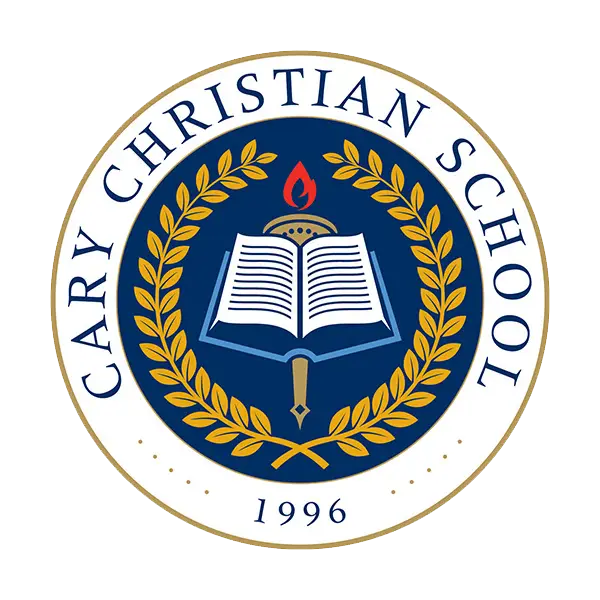When folks ask, “Do you have a Prom?” the answer is “No, we have Protocol…” Why does this catch their attention? Maybe it is because we are bold enough to do something different from what the world is doing. We are proud of our event and the apologetic behind it. Protocol gives the opportunity to show what is beautiful, good, and true through dance and culture. There is an order to it, and its distinctives make the outcome significantly unlike a prom. This event becomes a collective high point as social pressures are relieved and joy is experienced through learning, fellowship, and community.
This is how it works: After students sign-up for Protocol, their names are placed on a dance board where they are matched with different dancers for each dance. The dance board serves as a large dance card. By rotating dance partners, they have the opportunity to have equal fellowship with many students, instead of dealing with the awkward pressure of being with one dance partner all evening. It is protocol that the young man approaches the young lady he has been matched with and asks her to dance. By randomly assigning dance partners, no one is left out and all are included. By pairing the students, it moves them outside their comfort zone to learn how to interact with others that they may not know as well.
As Protocol approaches, the students arrange dance practices during lunch in order to prepare all the classmates for the special night. As the Celtic music plays, our young men and women spin, reel each other, sachet, and laugh. This is a time of encouragement and training the younger students. Eventually, everyone is moving in unison. At a prom, there is no training or sense of unity or community. Popular, current music plays and partners make their own moves. The emphasis is on the individual or the couple rather than the order and beauty of the entire group working together.
At Protocol, students arrive with their family or friends and convene at the dance board, excited to see with whom they will be dancing. No social judgments can be drawn from this process. All students are equal. Their identity and joy is not found through a date.
After the students have arrived and the pictures are taken, the Grand March commences. The Headmaster and his wife lead the Grand March. This is a dance specifically designed to show the gowns and attire of the evening. It includes walking, swirling, skipping, and bridges. At the end of the Grand March, the Head Master calls for Protocol to officially begin! The caller gives direction, and the music starts. What follows is beautiful: The order of the dance, the plan of the steps, the laughter, the clapping of the hands, the reeling, and the spinning of dance partners is a sight to behold. The young women and men identify with each other, establish fellowship, and community grows.
Through Protocol, students learn that dancing is a group activity which involves working together. There is leading and following, fellowship and community, and even missed steps and laughter. Whether they are dancing the Virginia Reel, the Posties Jig, or Hunting the Fox, the order and beauty of the event results in joy which radiates on the participants’ faces. They end the night having cultivated deeper Christian love and community with one another.


